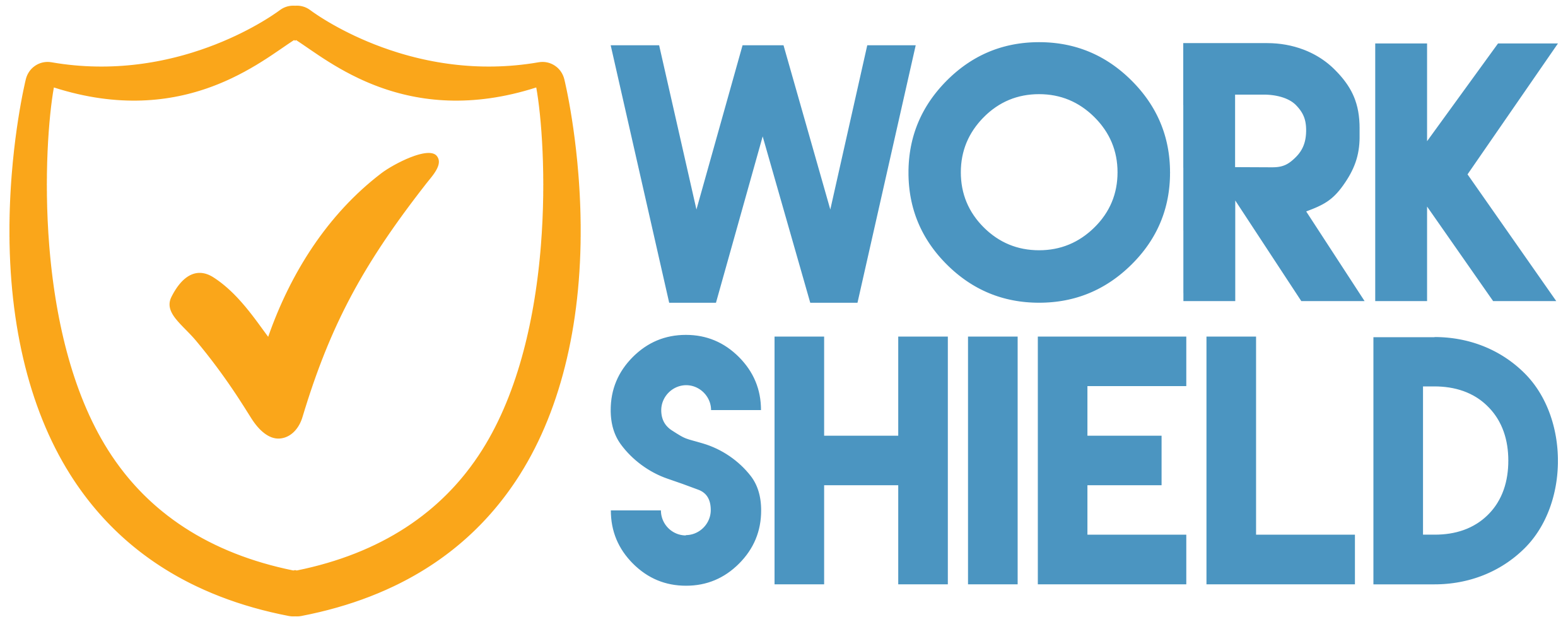As life slowly begins to return to a state of normalcy, employers are wondering how to entice workers back to the office full time. After two years of transformed work environments consisting of fully remote and hybrid options, workplaces are starting to bustle with foot traffic and in-person interactions. While some workers are ready to say goodbye to their home offices, others have fully embraced their work-from-home gigs. In fact, new survey findings from ADP Research Institute show that 71% of 18 to 24 year olds would consider looking for a new job if their employer insisted they return to the office full time.
With organizations moving toward in-office operations, new studies reveal how employers are strategizing to bring teams back together– in person.
Incentivize workers to return to the office: A study by e-commerce payment platform Blackhawk Network found that incentives are effective for encouraging employees to return to in-person workplaces. A financial incentive was preferred by 62% of respondents, and 44% said they want paid time off. Additionally, employers should ensure that returning to the office does not feel like going back to the same old workplace. Implementing new perks like gym memberships, onsite lunches, expanded child care and PTO benefits are a few options. In addition, it’s key that companies truly listen to staff members to understand their preferences on how to make their job more fulfilling.
Communicate the transition thoughtfully: Leading with empathy helps to set the tone of the workplace while creating a positive culture that employees want to be a part of. New research from Slack’s research consortium, Future Forum, uncovered “a troubling double standard” where executives who promote in-person work for their employees prefer more flexible work arrangements for themselves. This study found that non-executives are twice as likely as executives to show up to the office five days a week. Setting this double standard is a quick way to spark turnover and create a toxic workplace.
Prioritize mental health and work-life balance: Employee burnout has been a topic of discussion since the pandemic surfaced the urgent need for work-life balance, with studies showing that 77% of employees experience burnout at their current job. In addition, the topic of the four-day workweek has gained momentum, and 49% of the Blackhawk Network study respondents said that they’d be more willing to work in a physical office if they had the benefit of a four-day workweek. From mental health benefits to shorter workweeks, it is ultimately most important to cultivate an open culture of trust and communication where employees feel valued.
Before you draft the company-wide email calling for all employees to prepare to return to the office, consider ways to support your team in the transition. From implementing incentives to focusing on work-life balance and understanding how to openly communicate through the process, there is a way to successfully bring teams back together. At Work Shield, we partner with organizations to cultivate workplace cultures where employees are excited to show up whether in a remote, hybrid or in-person setting.





